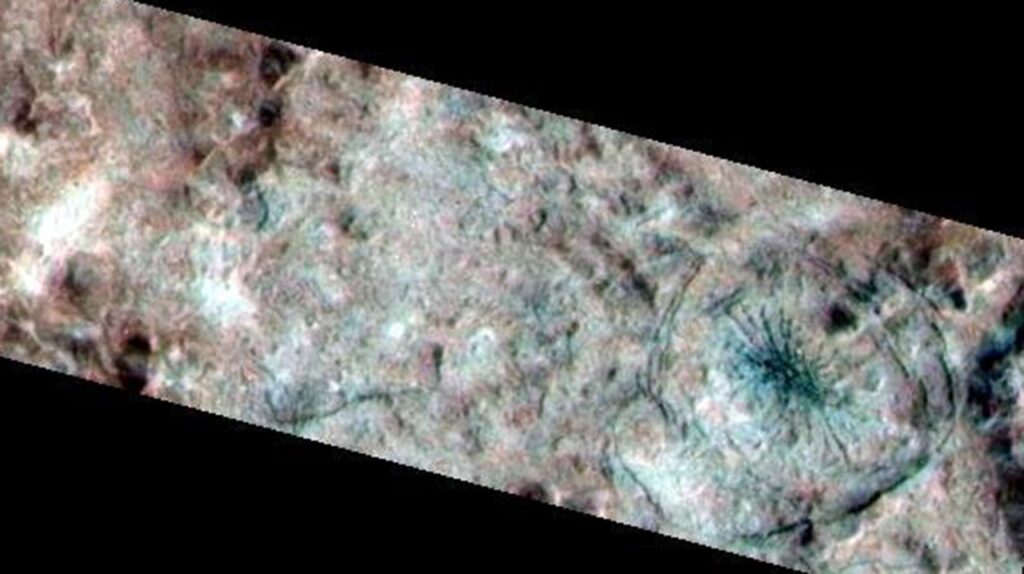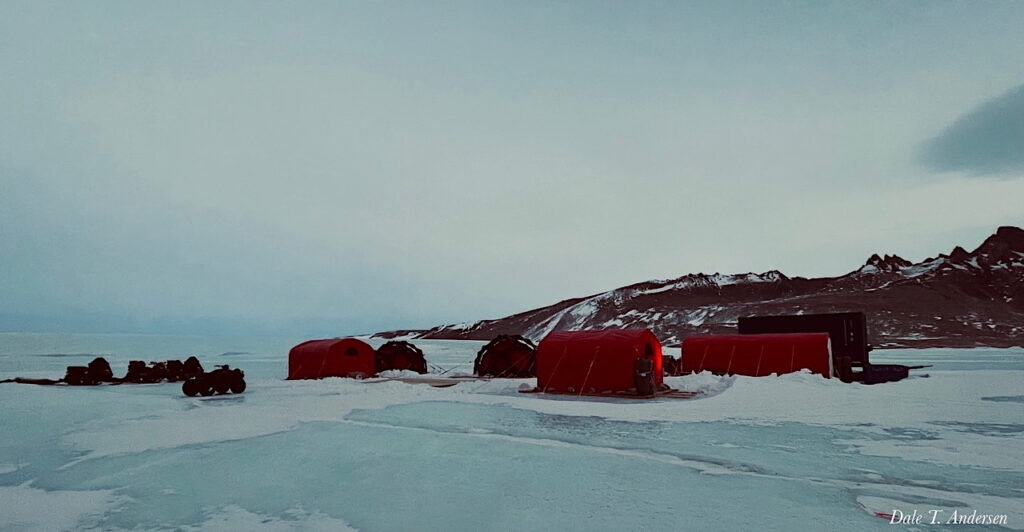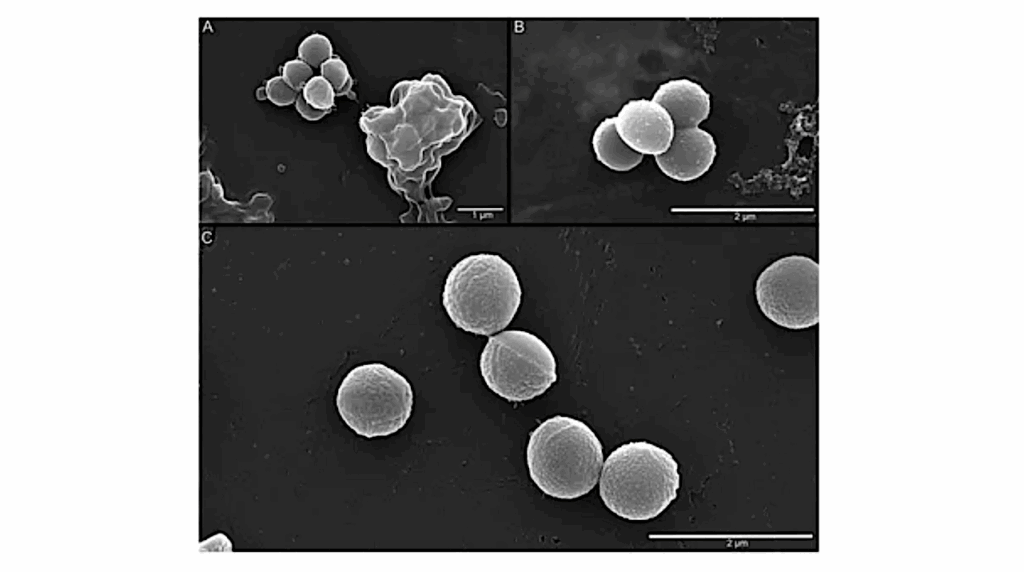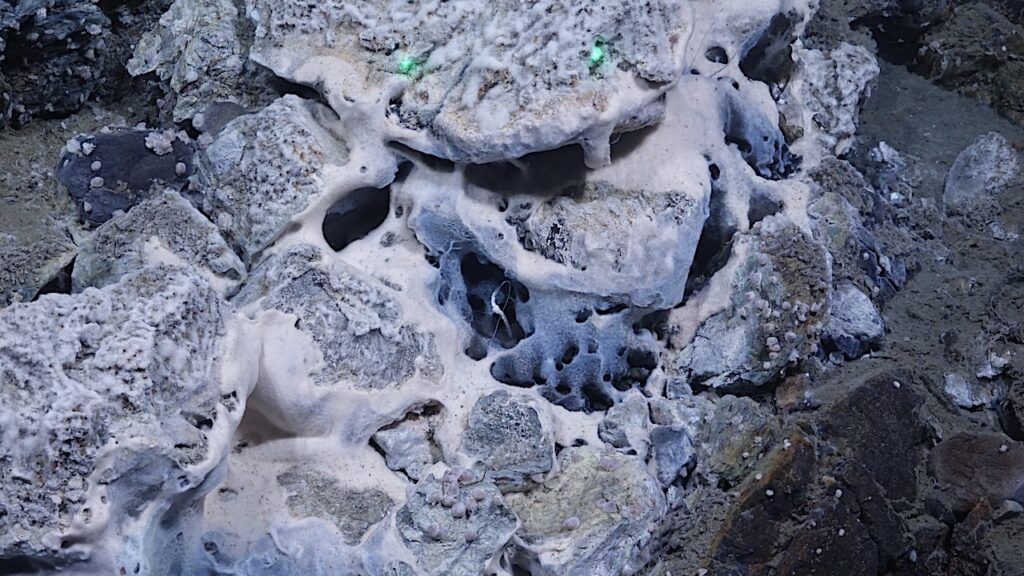Sealing Europa’s Vents By Vapor Deposition: An Order Of Magnitude Study

Fractures and vents in the ice crust of Europa, exposing the sub-surface ocean to the vacuum, might be responsible for the generation of planetary-scale water-vapor plumes.
During its passage through the ice, the plume vapor is expected to partially condense on the walls, depositing until the vent is sealed.
We develop a lumped-parameter model to analyze the sealing time scales. Neglecting all other possible mechanisms (water spillage, compression forces, etc.), we find shutting-off times compatible with the 7-hour plume observed in 2012 by the Hubble Space Telescope, suggesting that vapor deposition alone could have been responsible for sealing the vent.
A map of sealing times vs. plume density, mass flow rate and aperture areas is given. Plume quantities from the literature are analyzed and compared to our results.
For a given plume density/mass flow rate, small apertures would be sealed quickly by molecular deposition and are thus incompatible with observations.
Stefano Boccelli, Shane R. Carberry Mogan, Robert E. Johnson, Orenthal J. Tucker
Subjects: Earth and Planetary Astrophysics (astro-ph.EP); Geophysics (physics.geo-ph)
MSC classes: 85A20
Cite as: arXiv:2410.17362 [astro-ph.EP] (or arXiv:2410.17362v1 [astro-ph.EP] for this version)
https://doi.org/10.48550/arXiv.2410.17362
Focus to learn more
Submission history
From: Stefano Boccelli
[v1] Tue, 22 Oct 2024 18:55:26 UTC (109 KB)
https://arxiv.org/abs/2410.17362
Astrobiology, Europa Clipper,








